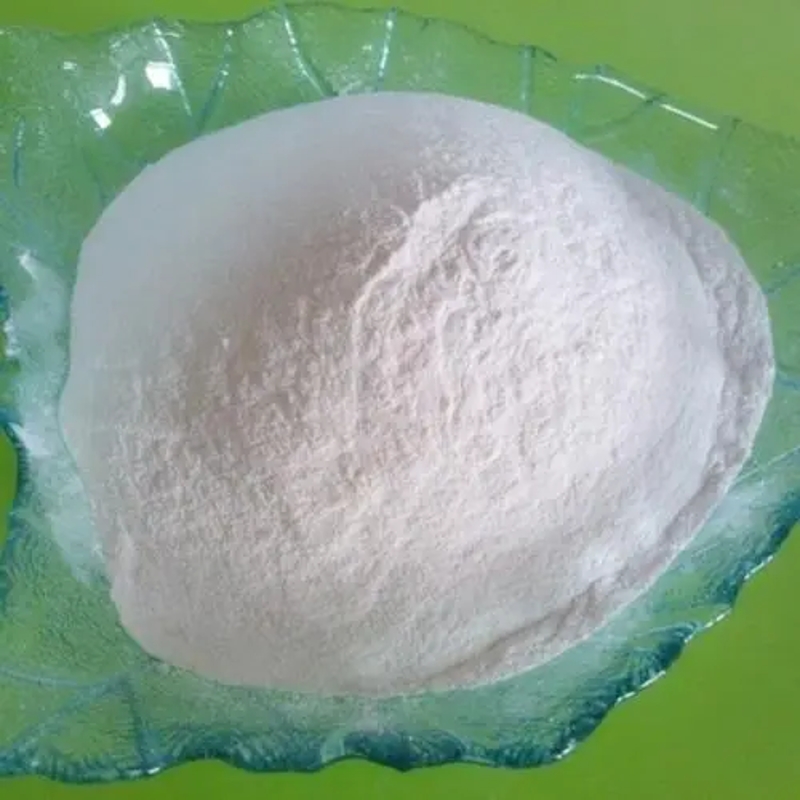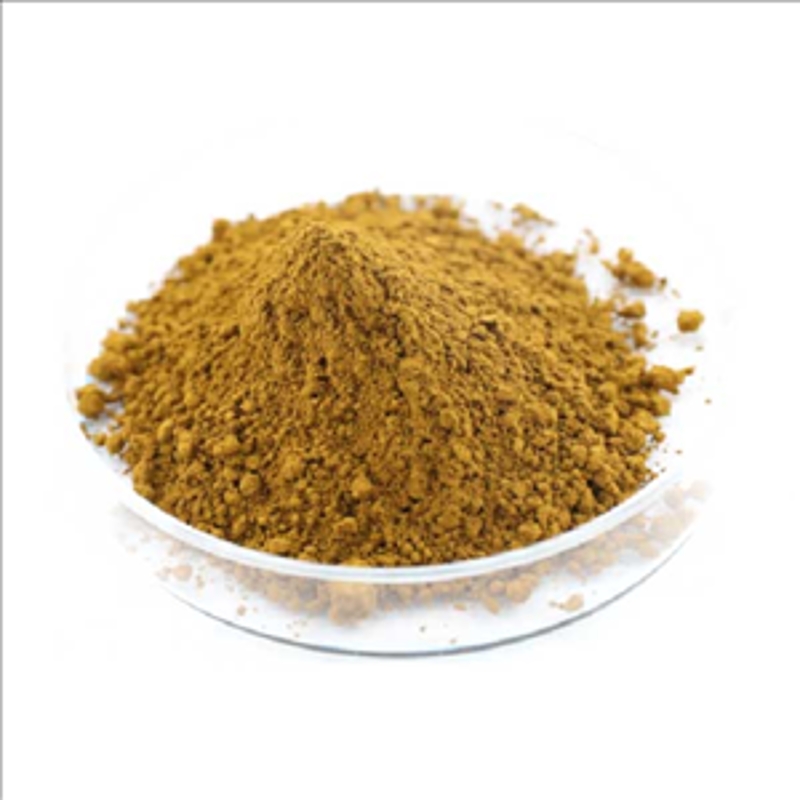-
Categories
-
Pharmaceutical Intermediates
-
Active Pharmaceutical Ingredients
-
Food Additives
- Industrial Coatings
- Agrochemicals
- Dyes and Pigments
- Surfactant
- Flavors and Fragrances
- Chemical Reagents
- Catalyst and Auxiliary
- Natural Products
- Inorganic Chemistry
-
Organic Chemistry
-
Biochemical Engineering
- Analytical Chemistry
- Cosmetic Ingredient
-
Pharmaceutical Intermediates
Promotion
ECHEMI Mall
Wholesale
Weekly Price
Exhibition
News
-
Trade Service
Written by | Qi-targeting
HIV envelope (Env) V2-apex broad neutralizing antibodies (bnAbs) have been shown to protect non-human primates from apes/ Vaccine induction of bnAbs in human immunodeficiency virus attack [1, 2], is thought to have the potential to prevent HIV, but its induction in humans has not been achieved
.
HIV bnAbs targets at least five major epitope regions including V2-apex on Env trimers, and seven classes of V2-apex bnAbs have been identified, as their neutralizing activity mostly relies on a very long negatively charged heavy chain complementary determinant 3 (HCDR3), This therefore poses a major challenge
to the induction of vaccines.
Recently, William R.
Schief's team from the Scripps Research Institute in the United States published an article in the journal Immunity Human immunoglobulin repertoire analysis guides design of vaccine priming immunogens targeting HIV V2-apex broadly neutralizing antibody precursors In their paper, they utilized structural modeling, VDJ recombinant analysis of known V2-apex bnAbs, and bioinformatics analysis of ultra-deep next-generation sequencing (NGS) of human BCR heavy chains (HCs) from 14 HIV-unexposed donors to assess the frequency
of relative potential precursors.
They identified only two potential precursors of HCDR3 V2-apex bnAbs PC64 and PG9 in most donors, identified these bnAbs as priority vaccine targets, subsequently designed ApexGTEnv trimers showed high affinity for bnAbs, determined cryo-EM structures in which the trimers were complex with PCT64 and PG9, and developed an mRNA-encoded cell surface ApexGT trimer
。 Together, these findings contribute to the development of
HIV vaccines.
The researchers first analyzed previously reported frequencies of five V2-apex bnAbs classes in ultra-deep immunoglobulin HC sequencing data from 14 HIV-uninfected human donors [3].
。 Successful induction of vaccines is known to depend largely on whether priming immunogens can activate human naïve B cells with appropriate germline recombinant HCDR3, while the ability to initiate immunogen activation of appropriate precursors also depends on the frequency of these precursors in the pool of naïve human B cells, i.
e.
, the lower the frequency, the harder
it is to start.
The authors identified the PC64 HC precursor in all donors and PG9/PG16 HC precursors in 9 donors, giving PC64 and PG9/16 preference to V2-apex vaccine targets, with PC64 being a relatively higher priority
.
Figure 1: Human antibody library analysis guides V2-apex germline targeted immunogen design
Germline targeting of pathogens requires considerable affinity for bnAbs precursors, and the authors designed ApexGT trimeric immunogens with affinity for precursors of PC64 and PG9/16, identifying four high-resolution cryo-EM structures of ApexGT trimers with precursor forms
of bnAbs and PCB64 and PG9 。 From the PCT64 cryo-EM structure, the authors observed that the maturation of the PC64 lineage was mainly achieved by improving the regulation of N160 and N156 on gp120 protoplasma A, while the HCDR3 and gp120 V2/V3 rings on gp120 protosomes A and B have broader and less specific interactions, in addition, reducing conflicts
with loop2B and loop2B glycans on gp120 protosomes C 。 All of these changes are achieved by the extension and rigidization of the β-hairpin, which allows the sulfated tyrosine at the end of the HCDR3 ring to bind the pocket deeper on the 3x axis and produce steeper approach angles
relative to the tip of the trimer.
Considering that the new coronavirus vaccine was developed based on mRNA that provides the encoding membrane-anchored full-length spike protein, the authors suspect that similar delivery of HIV trimers may help the development of
HIV vaccines.
Completely natural HIV trimers are anchored to viral or infected cell membranes, but due to difficulties associated with the production and purification of membrane proteins, most HIV vaccine discovery efforts employ soluble forms of trimers
.
The authors developed the ApexGT5 membrane-bound trimer using the link14 (14 amino acid) linker and gp151C-terminal truncate, and cell surface antigen analysis of DNA-transfected cells showed stronger binding of the MD39 construct to the trimer-specific bnAbs PGT151, PGT145, and PC64 35S relative to the initial gp151 construct
.
To assess the antigenicity of cells transfected with mRNA and ultimately perform immunogenicity testing, the authors synthesized Moderna mRNA for MD39 gp151, ApexGT5 gp151, and ApexGT5 congly gp151, and the overall antigen profiles of ApexGT5 and MD39 from mRNA-transfected cells were similar
to those from DNA-transfected cells 。 Thus, ApexGT5 gp151 and ApexGT5 congly gp151 represent promising candidates to test the priming and potential PG9 precursor response
of PC64 by mRNA delivery.
In conclusion, this work suggests that germline targeting strategies may be feasible
for two classes of HCDR3-dominated V2-apex bnAbs.
In another article titled Membrane-bound mRNA immunogens lower the threshold to activate HIV Env V2 apex-directed broadly neutralizing B cell precursors in humanized mice The team and their collaborators further reported immunogenicity studies of ApexGT immunogens encoded by proteins and mRNA encoded in a knock-in mouse model of PC64 precursor knock-in mouse models under very low precursor frequencies close to the human physiological range, and demonstrated by BCR sequencing whether a targeted response has been triggered
。
Platemaker: Eleven
1.
Pegu, A.
, Hessell, A.
J.
, Mascola, J.
R.
, and Haigwood, N.
L.
(2017).
Use of broadly neutralizing antibodies for HIV-1 prevention.
Immunol.
Rev.
275, 296–312.
https://doi.
org/10.
1111/imr.
12511.
2.
Corey, L.
, Gilbert, P.
B.
, Juraska, M.
, Montefiori, D.
C.
, Morris, L.
, Karuna, S.
T.
, Edupuganti, S.
, Mgodi, N.
M.
, deCamp, A.
C.
, Rudnicki, E.
, et al.
(2021).
Two randomized trials of neutralizing antibodies to prevent HIV-1 acquisition.
N.
Engl.
J.
Med.
384, 1003–1014.
https://doi.
org/10.
1056/NEJMoa2031738.
3.
Steichen, J.
M.
, Lin, Y.
C.
, Havenar-Daughton, C.
, Pecetta, S.
, Ozorowski, G.
, Willis, J.
R.
, Toy, L.
, Sok, D.
, Liguori, A.
, Kratochvil, S.
, et al.
(2019).
A generalized HIV vaccine design strategy for priming of broadly neutralizing antibody responses.
Science 366, eaax4380.
https://doi.
org/10.
1126/science.
aax4380.
HIV envelope (Env) V2-apex broad neutralizing antibodies (bnAbs) have been shown to protect non-human primates from apes/ Vaccine induction of bnAbs in human immunodeficiency virus attack [1, 2], is thought to have the potential to prevent HIV, but its induction in humans has not been achieved
.
HIV bnAbs targets at least five major epitope regions including V2-apex on Env trimers, and seven classes of V2-apex bnAbs have been identified, as their neutralizing activity mostly relies on a very long negatively charged heavy chain complementary determinant 3 (HCDR3), This therefore poses a major challenge
to the induction of vaccines.
Recently, William R.
Schief's team from the Scripps Research Institute in the United States published an article in the journal Immunity Human immunoglobulin repertoire analysis guides design of vaccine priming immunogens targeting HIV V2-apex broadly neutralizing antibody precursors In their paper, they utilized structural modeling, VDJ recombinant analysis of known V2-apex bnAbs, and bioinformatics analysis of ultra-deep next-generation sequencing (NGS) of human BCR heavy chains (HCs) from 14 HIV-unexposed donors to assess the frequency
of relative potential precursors.
They identified only two potential precursors of HCDR3 V2-apex bnAbs PC64 and PG9 in most donors, identified these bnAbs as priority vaccine targets, subsequently designed ApexGTEnv trimers showed high affinity for bnAbs, determined cryo-EM structures in which the trimers were complex with PCT64 and PG9, and developed an mRNA-encoded cell surface ApexGT trimer
。 Together, these findings contribute to the development of
HIV vaccines.
The researchers first analyzed previously reported frequencies of five V2-apex bnAbs classes in ultra-deep immunoglobulin HC sequencing data from 14 HIV-uninfected human donors [3].
。 Successful induction of vaccines is known to depend largely on whether priming immunogens can activate human naïve B cells with appropriate germline recombinant HCDR3, while the ability to initiate immunogen activation of appropriate precursors also depends on the frequency of these precursors in the pool of naïve human B cells, i.
e.
, the lower the frequency, the harder
it is to start.
The authors identified the PC64 HC precursor in all donors and PG9/PG16 HC precursors in 9 donors, giving PC64 and PG9/16 preference to V2-apex vaccine targets, with PC64 being a relatively higher priority
.
Figure 1: Human antibody library analysis guides V2-apex germline targeted immunogen design
Germline targeting of pathogens requires considerable affinity for bnAbs precursors, and the authors designed ApexGT trimeric immunogens with affinity for precursors of PC64 and PG9/16, identifying four high-resolution cryo-EM structures of ApexGT trimers with precursor forms
of bnAbs and PCB64 and PG9 。 From the PCT64 cryo-EM structure, the authors observed that the maturation of the PC64 lineage was mainly achieved by improving the regulation of N160 and N156 on gp120 protoplasma A, while the HCDR3 and gp120 V2/V3 rings on gp120 protosomes A and B have broader and less specific interactions, in addition, reducing conflicts
with loop2B and loop2B glycans on gp120 protosomes C 。 All of these changes are achieved by the extension and rigidization of the β-hairpin, which allows the sulfated tyrosine at the end of the HCDR3 ring to bind the pocket deeper on the 3x axis and produce steeper approach angles
relative to the tip of the trimer.
Considering that the new coronavirus vaccine was developed based on mRNA that provides the encoding membrane-anchored full-length spike protein, the authors suspect that similar delivery of HIV trimers may help the development of
HIV vaccines.
Completely natural HIV trimers are anchored to viral or infected cell membranes, but due to difficulties associated with the production and purification of membrane proteins, most HIV vaccine discovery efforts employ soluble forms of trimers
.
The authors developed the ApexGT5 membrane-bound trimer using the link14 (14 amino acid) linker and gp151C-terminal truncate, and cell surface antigen analysis of DNA-transfected cells showed stronger binding of the MD39 construct to the trimer-specific bnAbs PGT151, PGT145, and PC64 35S relative to the initial gp151 construct
.
To assess the antigenicity of cells transfected with mRNA and ultimately perform immunogenicity testing, the authors synthesized Moderna mRNA for MD39 gp151, ApexGT5 gp151, and ApexGT5 congly gp151, and the overall antigen profiles of ApexGT5 and MD39 from mRNA-transfected cells were similar
to those from DNA-transfected cells 。 Thus, ApexGT5 gp151 and ApexGT5 congly gp151 represent promising candidates to test the priming and potential PG9 precursor response
of PC64 by mRNA delivery.
In conclusion, this work suggests that germline targeting strategies may be feasible
for two classes of HCDR3-dominated V2-apex bnAbs.
In another article titled Membrane-bound mRNA immunogens lower the threshold to activate HIV Env V2 apex-directed broadly neutralizing B cell precursors in humanized mice The team and their collaborators further reported immunogenicity studies of ApexGT immunogens encoded by proteins and mRNA encoded in a knock-in mouse model of PC64 precursor knock-in mouse models under very low precursor frequencies close to the human physiological range, and demonstrated by BCR sequencing whether a targeted response has been triggered
。
Original link:
https://doi.
org/10.
1016/j.
immuni.
2022.
09.
001
Platemaker: Eleven
References
1.
Pegu, A.
, Hessell, A.
J.
, Mascola, J.
R.
, and Haigwood, N.
L.
(2017).
Use of broadly neutralizing antibodies for HIV-1 prevention.
Immunol.
Rev.
275, 296–312.
https://doi.
org/10.
1111/imr.
12511.
2.
Corey, L.
, Gilbert, P.
B.
, Juraska, M.
, Montefiori, D.
C.
, Morris, L.
, Karuna, S.
T.
, Edupuganti, S.
, Mgodi, N.
M.
, deCamp, A.
C.
, Rudnicki, E.
, et al.
(2021).
Two randomized trials of neutralizing antibodies to prevent HIV-1 acquisition.
N.
Engl.
J.
Med.
384, 1003–1014.
https://doi.
org/10.
1056/NEJMoa2031738.
3.
Steichen, J.
M.
, Lin, Y.
C.
, Havenar-Daughton, C.
, Pecetta, S.
, Ozorowski, G.
, Willis, J.
R.
, Toy, L.
, Sok, D.
, Liguori, A.
, Kratochvil, S.
, et al.
(2019).
A generalized HIV vaccine design strategy for priming of broadly neutralizing antibody responses.
Science 366, eaax4380.
https://doi.
org/10.
1126/science.
aax4380.
Reprint instructions
【Original article】BioArt original article, welcome to share by individuals, reproduction is prohibited without permission, the copyright of all works published is owned by BioArt
.
BioArt reserves all statutory rights and violators will be prosecuted
.







